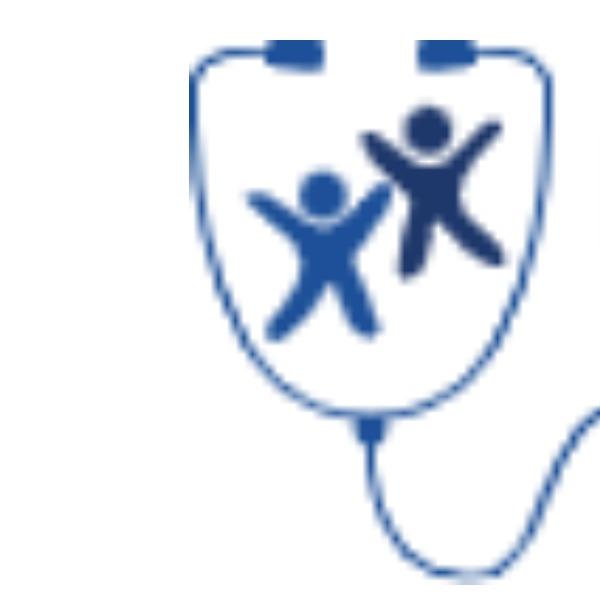Rhythm Problems
In addition to structural heart anomalies, many rhythm problems are also seen in children. Some of these can lead to sudden death, while others may cause palpitations. Even those that only cause palpitations, if not identified and properly treated, can result in heart failure and crises, potentially leading to death. Some rhythm problems may be obvious, while others can be hidden. It is crucial to perform an ECG (electrocardiogram) during an event to identify the type of rhythm issue. In cases where this is not possible, methods such as HOLTER monitoring, EVENT RECORDER, EXERCISE TEST, MEDICATION-INDUCED PROVOCATION TESTS, ELECTROPHYSIOLOGICAL STUDY, and IMPLANTED EVENT RECORDERS can be used for diagnosis. Despite these methods, some heart rhythm problems may remain undetected. Genetic testing can be helpful in identifying some of these cases. While some rhythm problems may cause no symptoms, others can lead to sudden-onset and self-limiting palpitations.

Need Help ?
Click one of our representatives below




